When it comes to maintaining the integrity of a home, roof repair is one task that should never be taken lightly. Your roof serves as the primary barrier between your home and the elements, shielding everything beneath it from rain, wind, snow, and the sun’s harsh rays. While it may be tempting to attempt repairs on your own or hire an unlicensed contractor to save money, doing so can result in more significant problems down the line. Hiring licensed professionals for roof repair is not just a matter of convenience; it’s a critical investment in the long-term safety and value of your home.
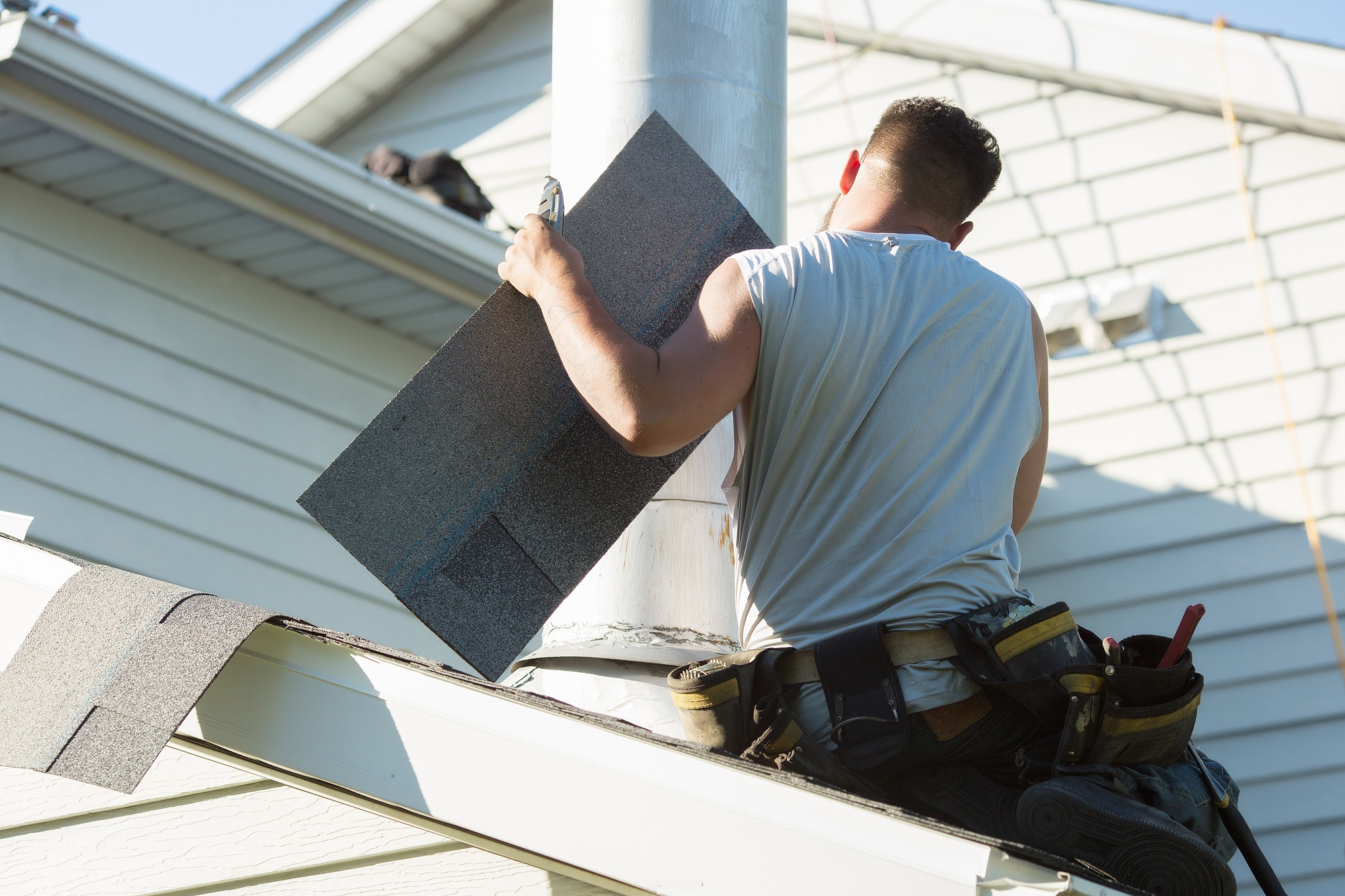
Ensuring Quality and Expertise
Licensed roofing professionals have the training and experience necessary to perform repairs to a high standard. They understand roofing materials, techniques, and local building codes. This knowledge ensures that every repair is completed efficiently and effectively, reducing the risk of recurring issues. A licensed roofer can accurately diagnose the problem, whether it’s a small leak or widespread damage, and recommend the most appropriate solution. To find more info about the benefits of hiring a licensed roofer, it’s a good idea to consult local resources or professional associations.
Additionally, licensed professionals stay up to date with industry best practices and use proper safety measures. Roofing is a high-risk job, and having someone who knows how to navigate steep slopes, heights, and unpredictable weather conditions is essential. Their training and certification provide a level of reliability and peace of mind that simply can’t be matched by someone without proper credentials.
Compliance with Local Regulations
Roof repair is more than just a technical job—it’s also a regulated one. Many municipalities require permits for certain types of roofing work, and only licensed contractors are authorized to obtain them. Attempting to bypass these regulations can lead to fines, delays, and even having to redo the work entirely.
A licensed professional understands the permitting process and ensures that all work complies with local codes. This is especially important if you plan to sell your home in the future. Unpermitted or non-code-compliant work can become a serious obstacle during the home inspection process and may significantly reduce your property’s value or delay a sale.
Protecting Your Investment
Your home is likely one of your most significant financial investments. Hiring a licensed professional for roof repair helps protect that investment by ensuring the work is done right the first time. A well-maintained roof not only enhances the appearance of your property but also preserves its structural integrity.
When repairs are handled by unqualified individuals, there’s a greater risk of shoddy workmanship, which can lead to leaks, mold, insulation problems, and further structural damage. These issues often go unnoticed until they cause serious harm, requiring costly repairs that could have been avoided with professional help from the beginning.
Access to Insurance and Warranties
Licensed roofing contractors are typically insured, which means you’re protected if something goes wrong during the repair. This insurance coverage includes liability and worker’s compensation, offering peace of mind that you won’t be held financially responsible for accidents or property damage.
Furthermore, many licensed roofers offer warranties on both materials and workmanship. These warranties are often void if the installation or repairs are not performed by a licensed professional. With a warranty in place, you have added assurance that if any issues arise after the repair, they will be addressed without additional cost.
Long-Term Cost Savings
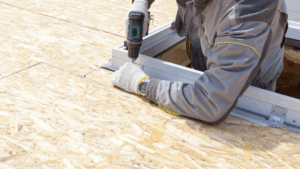 Although hiring a licensed professional may seem more expensive initially, it often results in significant long-term savings. Quality repairs last longer and require less maintenance. In contrast, poor workmanship can lead to recurring problems, each requiring additional time and money to fix.
Although hiring a licensed professional may seem more expensive initially, it often results in significant long-term savings. Quality repairs last longer and require less maintenance. In contrast, poor workmanship can lead to recurring problems, each requiring additional time and money to fix.
Licensed roofers can also help you make informed decisions about whether a repair or a full replacement is more cost-effective. Their honest assessments are based on years of experience, not guesswork or shortcuts. By doing the job right the first time, you avoid a cycle of ongoing expenses and frustration.
Peace of Mind for Homeowners
Perhaps the most underrated benefit of hiring a licensed roofing professional is the peace of mind it brings. Knowing that a trained expert is handling the job allows homeowners to feel confident about the safety and longevity of their roof. This confidence extends beyond the roof itself to the entire home, since a solid roof is a foundation for protecting everything and everyone inside.
When emergencies strike, such as storm damage or sudden leaks, having a trusted licensed contractor to call can make all the difference. Instead of panicking or scrambling to find help, you already have someone you can rely on—someone who knows your roof and can respond quickly and professionally.
 One of the most important decisions in a roofing upgrade is selecting the right material. Today’s market offers a variety of roofing options, from traditional asphalt shingles to metal panels, slate tiles, and even synthetic roofing products. Each material brings a unique look and feel to your home.
One of the most important decisions in a roofing upgrade is selecting the right material. Today’s market offers a variety of roofing options, from traditional asphalt shingles to metal panels, slate tiles, and even synthetic roofing products. Each material brings a unique look and feel to your home.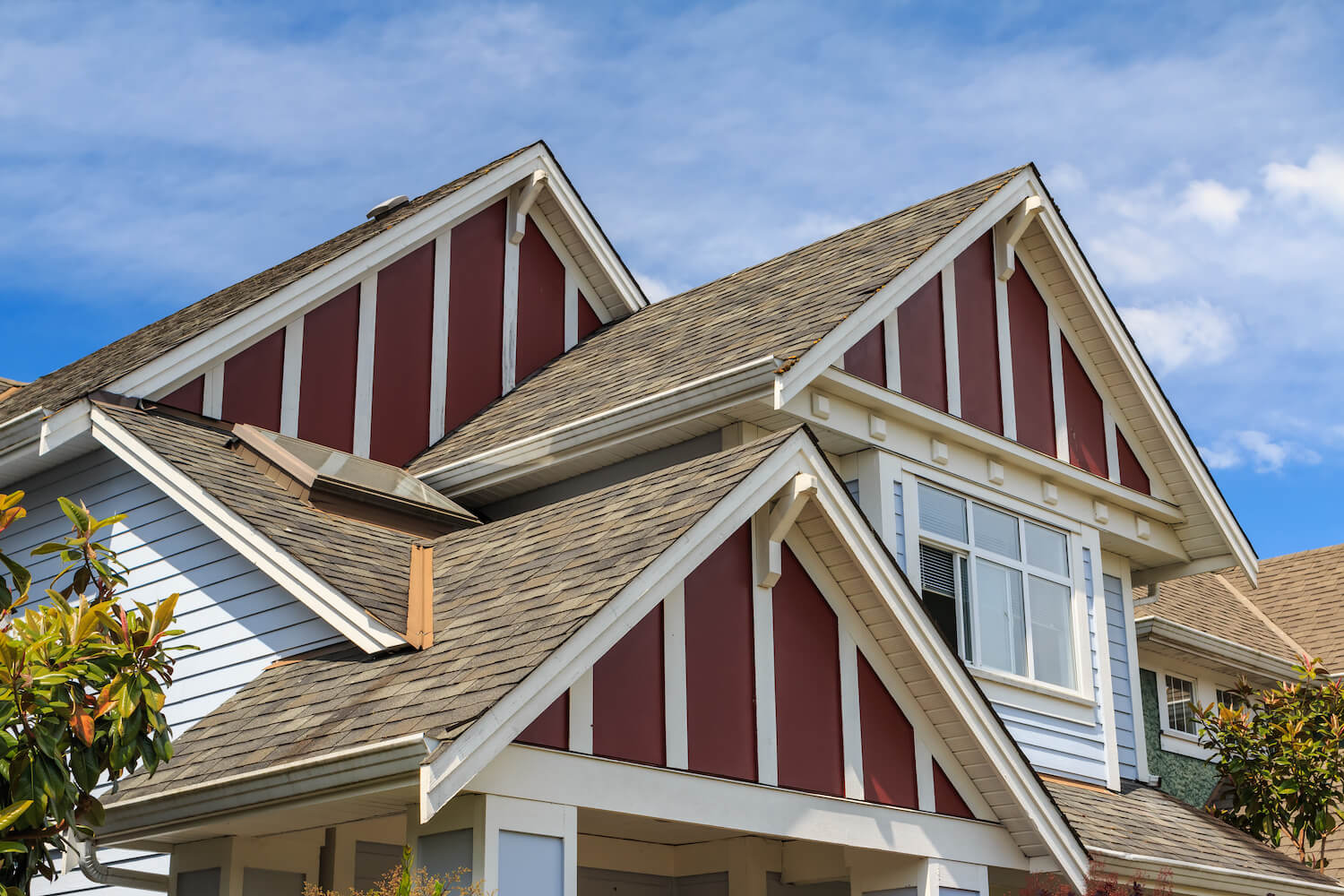
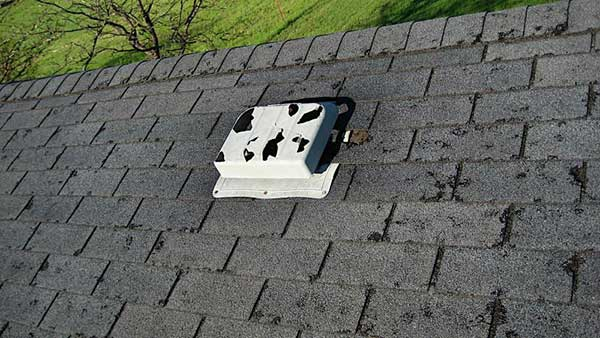 In many regions, hailstorms are most frequent during the spring and summer months. Warmer temperatures combined with turbulent weather patterns create the perfect environment for hail formation. As a result, these seasons see a spike in
In many regions, hailstorms are most frequent during the spring and summer months. Warmer temperatures combined with turbulent weather patterns create the perfect environment for hail formation. As a result, these seasons see a spike in 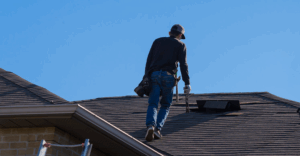 It’s important to book appointments as soon as possible after noticing damage. Waiting too long can not only worsen the problem but also reduce your chances of getting a spot with top-rated professionals. Many homeowners and car owners face the frustration of being placed on long waiting lists, especially in regions where storms are frequent and severe.
It’s important to book appointments as soon as possible after noticing damage. Waiting too long can not only worsen the problem but also reduce your chances of getting a spot with top-rated professionals. Many homeowners and car owners face the frustration of being placed on long waiting lists, especially in regions where storms are frequent and severe.